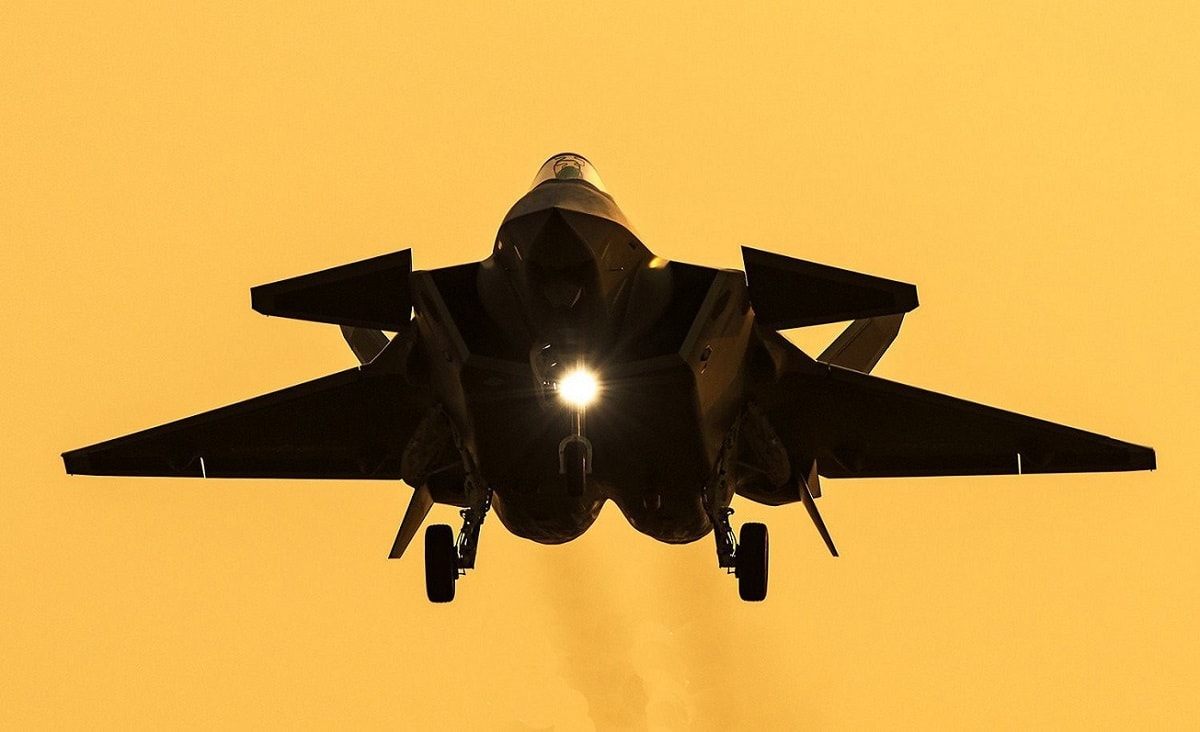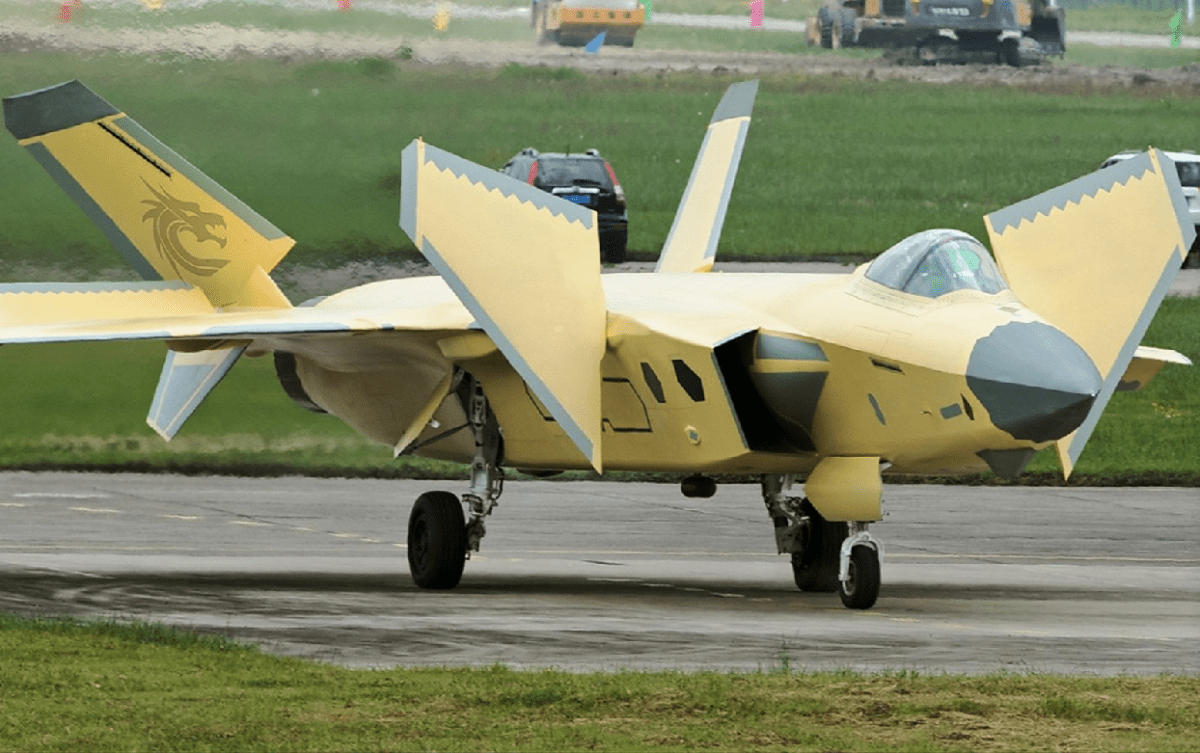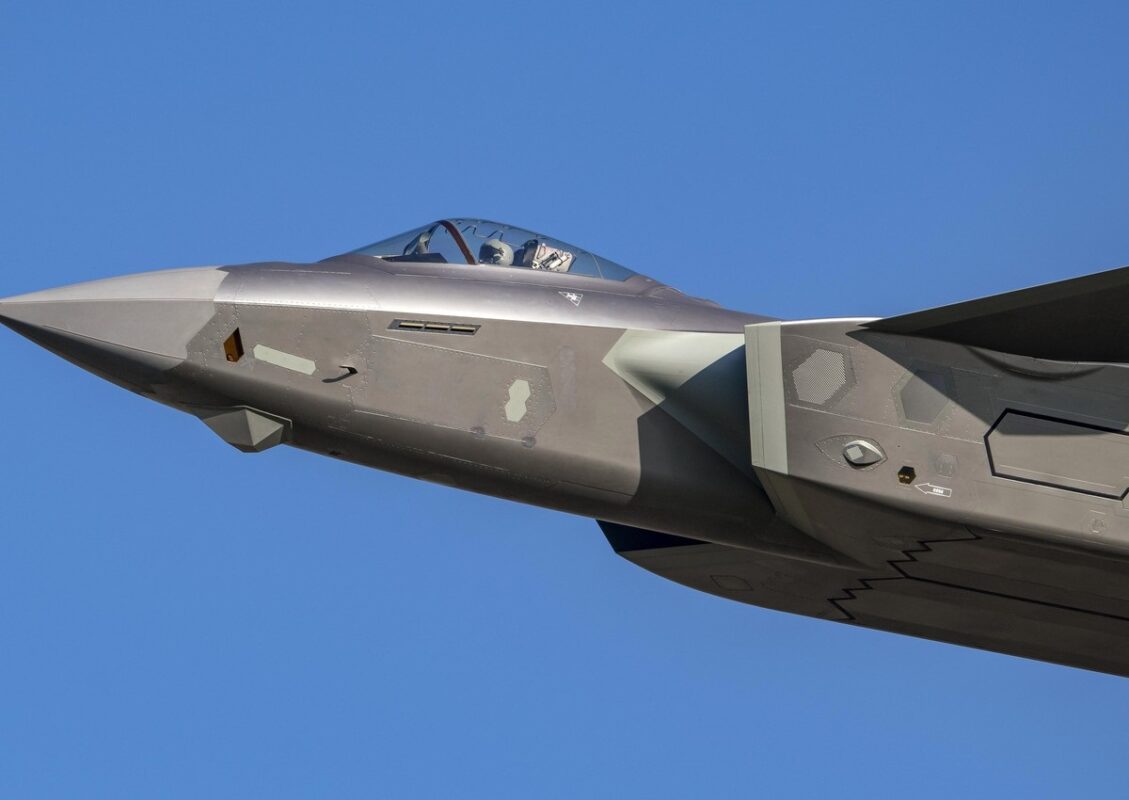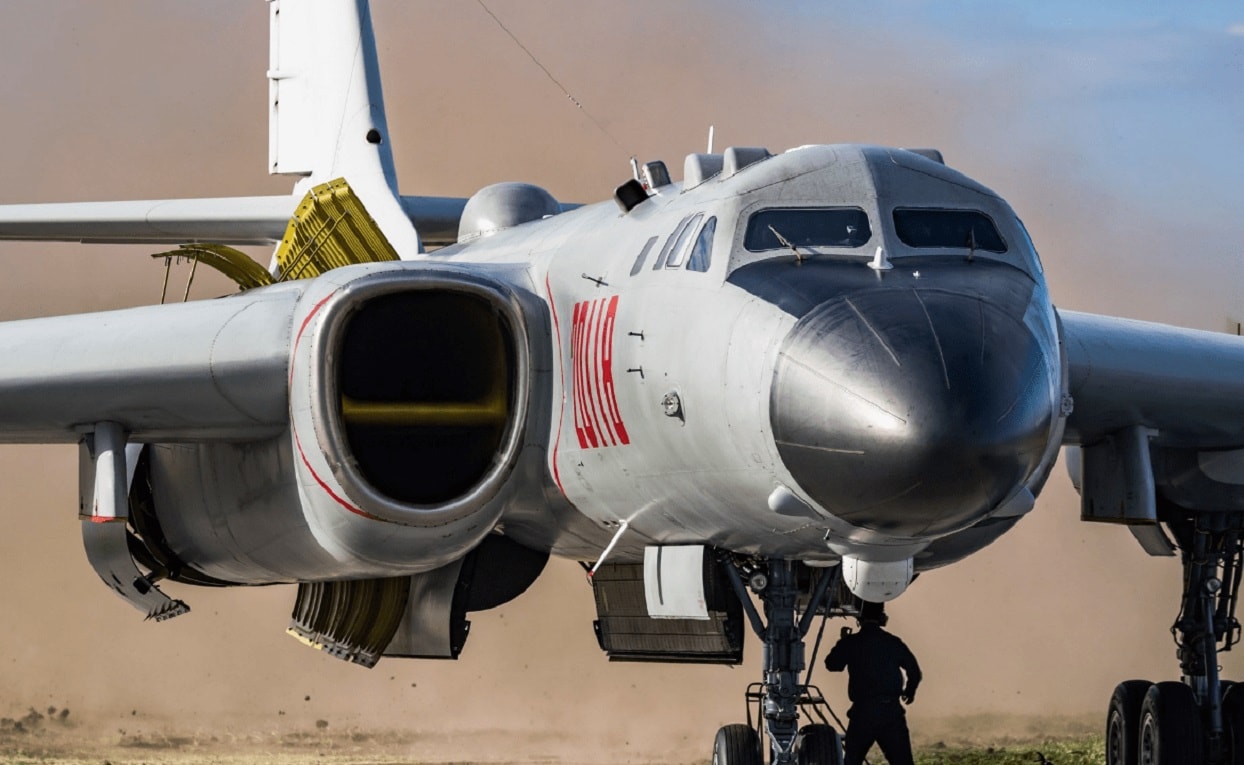China’s military is on the rise. Just how much of a threat is that rise to the U.S. military, the most powerful force on Earth today? Late last year, the Pentagon released its annual report on China and its military power. The almost 200-page document analyzes the Chinese military’s strides in the past year in its bid to make the jump from a regional power to a superpower with global aspirations.
The annual report offers a baseline assessment of the Chinese military and how it modernized throughout 2020, emphasizing the Chinese military’s maritime, air, cyber, space and counter-space, and nuclear capabilities alongside Beijing’s ability to conduct joint, long-range precision strikes. In light of the COVID-19 pandemic, the Pentagon has also included a section on Chinese biological and chemical warfare capabilities for the first time.
Here is a quick look at the most important findings.
Chinese military power at sea
According to the Department of Defense, China can now field the most warships in the world. Beijing has built a fleet of about 355 surface vessels and submarines, including about 150 major surface combatants. China already has two aircraft carriers and is currently building a third, which the Center for Strategic and International Studies assesses will be ready in three to six months — much sooner than initially expected. The rate by which the Chinese Navy grows is alarming.
The approximately 17 Chinese shipyards dish out about 20 new warships a year. If they keep at it, the Chinese Navy will add an astounding 100 new vessels to its fleet in five years.
To be sure, Beijing will still need to train the necessary personnel and maintain the ships at an appropriate level of readiness—both an expensive and a time-consuming endeavor if the goal is an effective global navy—and there is also the matter of tonnage and weaponry on the ships. However, if the Chinese ships are smaller and carry fewer weapons, as is currently the case, bigger numbers might not necessarily give Beijing’s sea armada an edge.
Chinese military power in the air
China can field the third biggest global aviation force in the air domain and the first biggest in the Indo-Pacific region. Beijing has over 2,800 military aircraft, approximately 2,250 of which are combat aircraft, such as fighter jets, tactical bombers, strategic bombers, ground attack, and multirole aircraft. Remotely piloted aircraft aren’t included in the above numbers.
Moreover, China is bridging the technological gap with the U.S by stealing western technology, most notably the blueprint to Lockheed Martin’s F-35 5th generation stealth fighter jet.
It is worth noting that the U.S. Air Force and Navy are respectively the first and second biggest air forces in the world.
China’s land force
The Chinese Army has almost one million combat troops and is accelerating its modernization process while improving its training and adding new equipment at a fast pace. Training has become more realistic, too, with investments in the realism and effectiveness of “force-on-force” training.
However, Chinese soldiers still get a much shorter military training and education than their American counterparts, in addition to getting paid way less. Although the Chinese Communist Party announced a 40 percent raise for military personnel earlier in 2021, a Chinese colonel right now makes less than a brand new U.S. Marine Private First Class.
Nuclear, Biological, and Chemical Warfare
The Pentagon assesses that the Chinese military has already joined the prestigious “nuclear triad club.” A country with a nuclear triad capability has the ultimate nuclear strategic deterrence as it can launch nuclear weapons from the ground, air, and maritime domains.
Further, the Pentagon assesses that Beijing is accelerating its nuclear expansion pace and will have 700 deliverable nuclear warheads by 2027, with a prediction of 1,000 deliverable nuclear warheads by 2030. What is equally concerning is that the nuclear expansion of China is exceeding the pace of previous projections, meaning that the aforementioned numbers might be obsolete by even next year.
The Department of Defense also included a section on Beijing’s chemical and biological warfare capabilities for the first time. The section states that China has been engaged in biological activities with “potential dual-use applications,” meaning that they could be used for both peacetime and wartime endeavors. Gene editing or virology are some activities that could fall under that “dual-use” label.
As a result, the Pentagon raises the question of Beijing’s compliance with the Biological and Toxins Weapons Convention (BTWC) and the Chemical Weapons Convention (CWC) and states that it cannot certify that Beijing is meeting its obligations under the CWC.
Irregular Warfare & Technology
In addition to the buildup of its conventional forces, Beijing is investing in its irregular warfare capabilities.
In the dark realm of psychological operations, the Pentagon assesses that China conducts influence operations across the world, including in the U.S., and targets businesses, cultural and academic institutions, media organizations, and policy actors and bodies, such as individual policymakers and think tanks, to promote its strategic objectives.
But although Chinese influence operations happen on a global scale, there are particularly focused on the key Indo-Pacific region, which contains about 56 percent of the world’s population. To address that issue, the U.S. Special Operations Command (SOCOM) established a special operations task force earlier this year to deal with Chinese influence operations.

Image: Chinese Internet.

J-20 Stealth Fighter

J-20 fighter. Image: Chinese Internet.
According to the Pentagon, the Chinese Communist Party uses influence operations in an attempt to condition domestic, foreign, and multilateral political establishments and shape public opinion in a way that they accept Beijing’s narratives, remove any obstacles, and pave the way for attaining its goals.
Beijing is also aggressively pursuing global supremacy in key technological fields, such as artificial intelligence, autonomous systems, biotechnology, quantum information science and technology, and semiconductors. As a result, the Pentagon assesses that China currently stands at or near the frontier of numerous advanced technologies.
Stavros Atlamazoglou is a Greek Army veteran (National service with 575th Marines Battalion and Army HQ). Johns Hopkins University. You will usually find him on the top of a mountain admiring the view and wondering how he got there.

